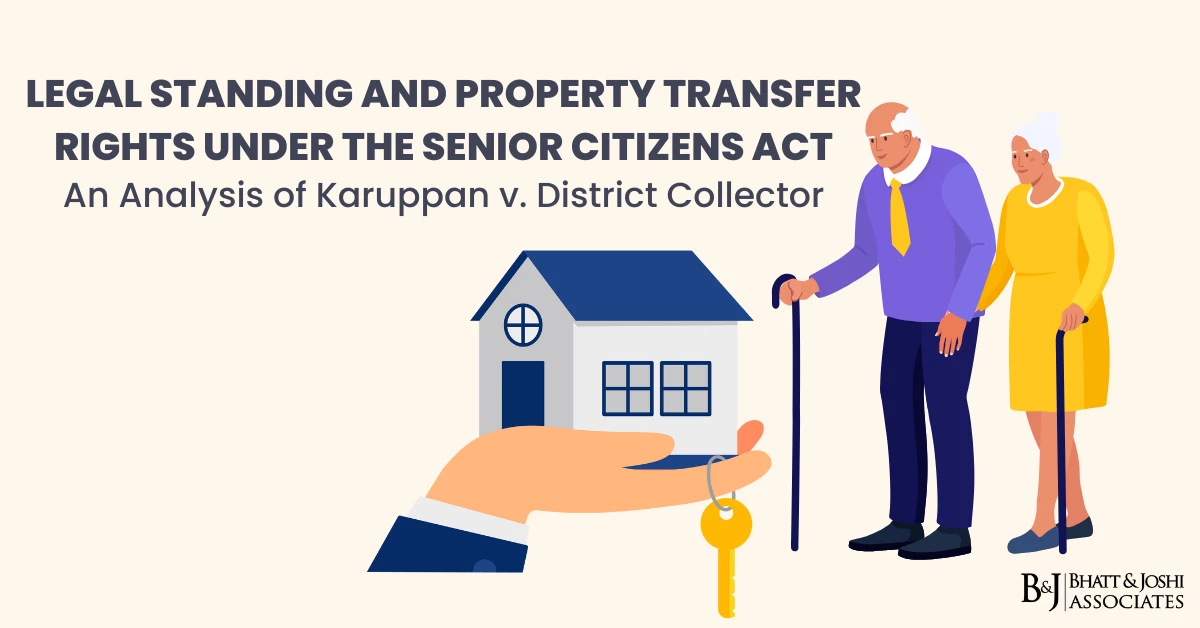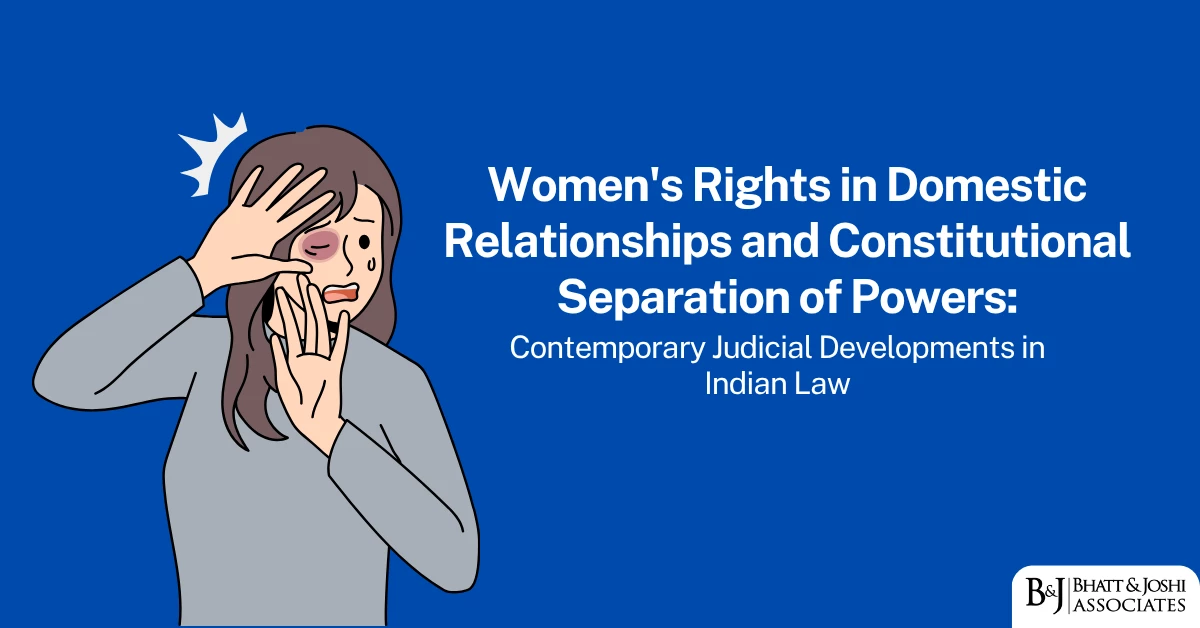
The tax structure comprises the federal government, state governments, and municipal governments. In India, taxes are classified into two parts: direct and indirect taxes. Direct taxes include things like income tax, gift tax, capital gains tax, and other direct taxes, whereas indirect taxes include things like value-added tax, service tax, Good and Service tax, customs duty, and other indirect taxes.
The Indian government collects customs duty, central excise duty, income tax, and service tax. On agricultural income, state governments impose an income tax, state excise duty, professional tax, land revenue, and stamp duty. Local governments have the ability to collect taxes including octroi, property tax, and others.
Individuals and corporations are frequently taxed at separate rates. Only humans are considered individuals. Other than the United States, tax systems regard an organization as a corporation only if it is legally organized as one. Special tax laws normally apply to estates and trusts. Partnerships are normally regarded like other taxable organizations. Many types of entities in the United States can choose to be classified as a corporation or a partnership.
In recent years, the federal government and several state governments have implemented a variety of policy changes and process simplifications aimed at increasing predictability, justice, and automation. As a result, India’s spectacular leap to the top 100 in the World Bank’s Ease of Doing Business (EoDB) rating in 2019 has resulted in a 79-position surge in the ‘World Bank’s Ease of Doing Business Ranking 2020’ from 142nd (2014) to 63rd (2019). The Goods and Services Tax (GST) reform is one example of an amendment made to simplify India’s complicated taxation system.
An income tax is a tax levied on individuals or businesses (taxpayers) based on their earnings or profits (commonly called taxable income). In most cases, income tax is calculated as the product of a tax rate and taxable income. Tax rates may differ depending on the taxpayer’s kind or qualities, as well as the sort of income.
Each taxpayer who fulfills specified minimal conditions is subjected to a separate tax. Many systems enable married couples to request a combined evaluation. Many technologies help for the assessment of regulated groupings of locally constituted enterprises.
As taxable income rises, the tax rate may rise as well (referred to as graduated or progressive tax rates) A tax in which the tax rate rises in proportion to the taxable amount. The phrase progressive relates to how a tax rate rises from low to high, resulting in a taxpayer’s average tax rate being lower than their marginal tax rate. Individual taxes or a tax system as a whole are both included by this phrase. Progressive taxes are applied in an attempt to minimize the tax burden on persons with lower incomes by shifting the burden of taxation increasingly to those with higher incomes. A regressive tax, such as a sales tax, is the polar opposite of a progressive tax, in which the poor pay a higher proportion of their income than the wealthy.
When it comes to personal income taxes, the word is typically used to describe how persons with lesser income pay a lower percentage of their income.
Corporate tax is a type of tax placed on businesses that is normally applied at a flat rate. Individual income is frequently taxed under progressive rates, in which the tax rate applied to each new unit of income rises (for example, the first $10,000 of income is taxed at 0%, the following $10,000 at 1%, and so on). Local charity organizations are usually tax-exempt in most countries.
Investment income may be taxed at a different (usually lower) rate than other types of Governments impose taxes on residents to create revenue for initiatives that would strengthen the country’s economy and raise the standard of living for its citizens. In India, the government’s right to impose taxes is derived from the Indian Constitution, which shares the power to levy taxes between the Central and State governments. All taxes charged in India must be backed by a law issued either by Parliament or the State Legislature.
Payment of taxes benefits the nation on various levels, including national development, infrastructure improvement, societal uplift, and even national programs for the poor.
Taxes are organized into two primary categories, each of which is further divided into subcategories. Direct and indirect taxes are the 2 primary kinds. There are also a number of minor cess taxes that are divided into subcategories. There are many legislations that control these levies within the Income Tax Act.
In India, Taxes are mainly divided into two branches:
Direct Taxes and Indirect Taxes.
Taxes that are paid directly to the government by an individual or a legal body are known as direct taxes. The Central Board of Direct Taxes is in charge of direct taxes (CBDT).
Direct taxes
- Capital gains tax: it is imposed when a property is sold, or money is obtained as a result of an investment. It might come from short-term or long-term capital gains on an investment. This covers all in-kind trades that are evaluated against the value of the item.
- Securities Transaction Tax (STT): it is a tax paid on stock market and securities trading transactions. The tax is applied to both share prices and securities traded on the ISE (Indian Stock Exchange).
- Prerequisite Taxes: These are taxes imposed on the many benefits and advantages that a company provides to its workers. It is necessary to specify the objective of the advantages and perks, whether official or personal.
Corporate tax refers to the amount of income tax that cannot be passed to another person or business. It refers to the quantity of income tax paid by a company. It is determined by the many slabs in which the revenue is classified. The following are the subcategories of corporation taxes:
- Dividend distribution tax (DDT): This tax is imposed on dividends paid to investors by firms. It refers to an investor’s net or gross income from a certain investment.
- FBT (fringe benefit tax): This is a tax on the company’s fringe benefits that an employee gets. This includes expenditures such as lodging, transportation, leave travel allowance, entertainment, employee contributions to retirement funds, employee welfare, and the Employee Stock Ownership Plan (ESOP), among many others.
Companies pay the IT Department through the Minimum Alternative Tax (MAT), which is controlled by Section 115JA of the IT Act. Companies that work in the electricity and infrastructure industries are free from MAT.
Indirect Taxes
Indirect taxes are those that are placed on services and products. The supplier of the service or product is responsible for collecting indirect taxes. The tax is tacked on to the cost of goods and services. It raises the cost of the item or service. There is presently only one indirect tax collected by the government. The Goods and Services Tax (GST) is the term for this.
GST: The Products and Services Tax (GST) is a consumption tax imposed on the provision of services and goods in India. GST is imposed on every stage of the manufacturing process for any commodities or value-added services. It is meant to be reimbursed to all parties engaged in the manufacturing process (and not the final consumer).
Other taxes and levies, such as Value Added Tax (VAT), octroi, customs duty, and Central Value Added Tax (CVAT), were abolished as a result of the GST.
Other Taxes:
Other taxes are modest cess taxes that generate minimal money. The following are the many sub-categories of other taxes
Property tax, often known as Real Estate Tax or Municipal Tax, is a type of tax imposed on real estate. Property tax applies to both residential and commercial property owners. It is used to keep some of the most basic public services running. Property taxes are imposed by local governments in each city.
Lawyers, chartered accountants, physicians, and anyone who practice a profession or earn a salaried income are subject to this employment tax. The amount of this tax varies by state. Professional taxes are not imposed in every state.
Entertainment tax: This is a tax paid on television shows, movies, exhibits, and other forms of entertainment. The tax is charged on the whole amount of money earned. Amusement tax is another name for entertainment tax.
At the time of purchase, they are collected in addition to or as a supplement to property tax.
The education cess is a tax that is levied to finance the government of India’s educational activities.
Entry tax: This is a tax charged on items or goods that enter a state, notably through e-commerce firms, and is levied in states like Delhi, Assam, Gujarat, Madhya Pradesh, and others.
Road tax and toll tax: This tax is used to fund road and toll infrastructure upkeep. Fees for registration, stamp duty, and transfer tax.
This overall describes how taxation system exists in India.
By- Divya Katariya
4th Year B.A.LL.B. (Hons.)
Maharaja Sayajirao University of Baroda











